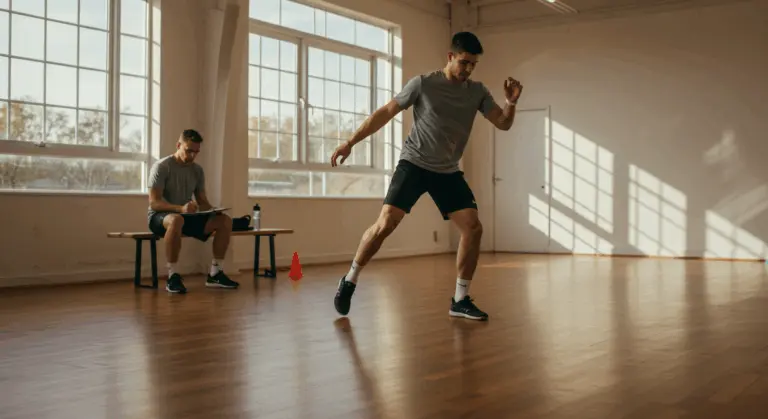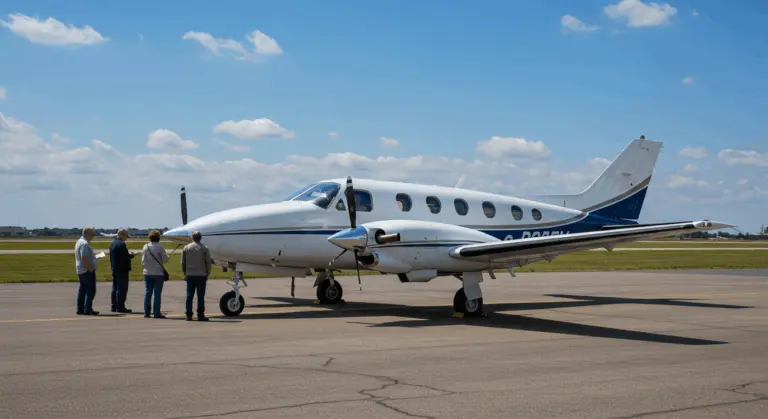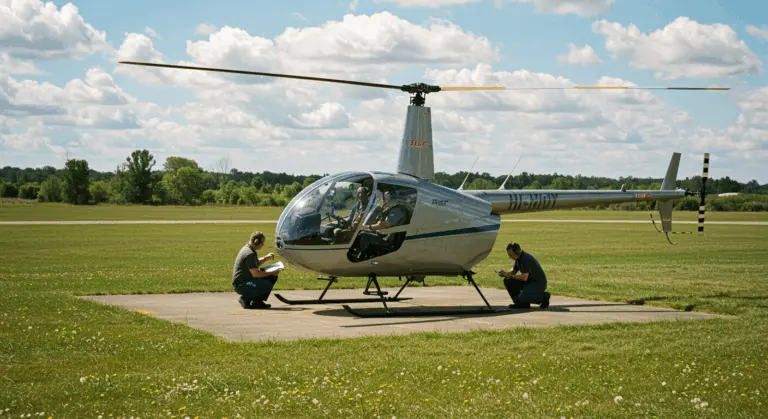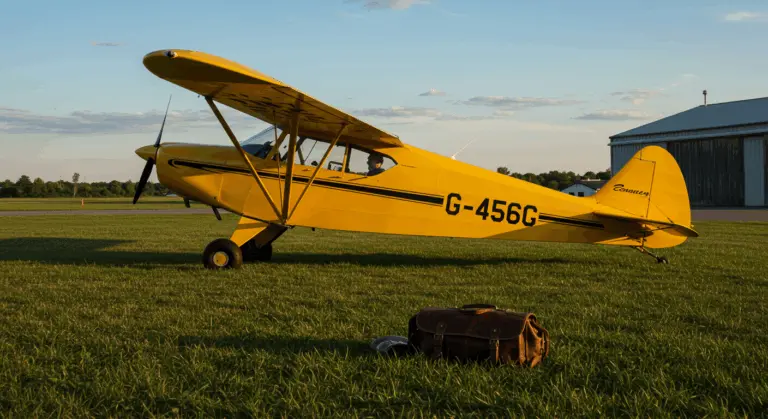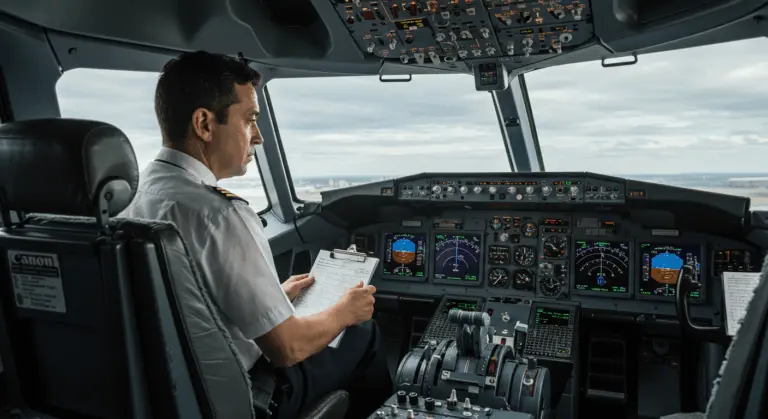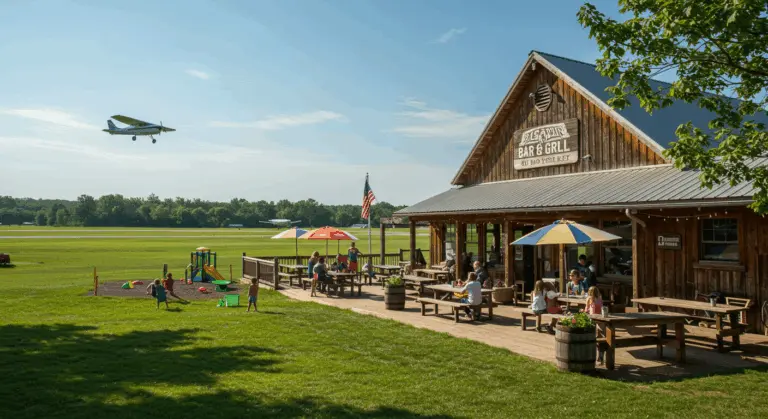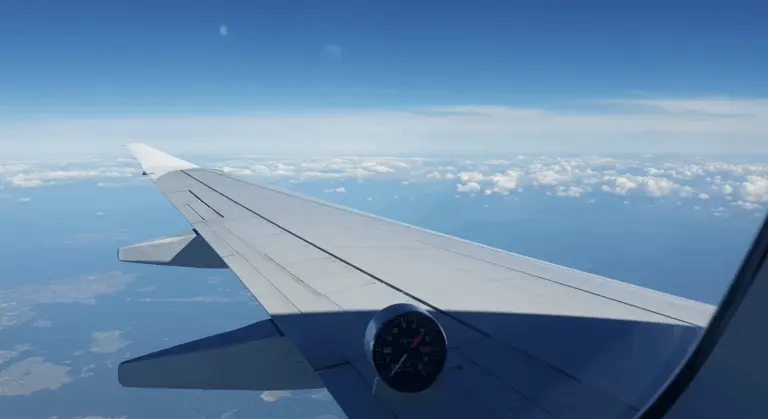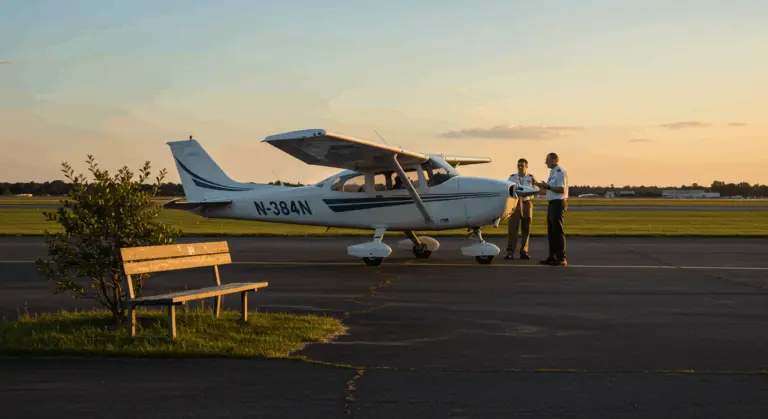Understanding the 180 Degree Turn – Definition and Applications
Making a perfect 180-degree turn requires precise body mechanics and spatial awareness that most people miss. The maneuver involves three distinct phases—approach, entry, and exit—each demanding specific techniques to achieve that clean reversal of direction. Whether you’re skateboarding, skiing, or simply navigating crowded spaces, mastering this half-circle rotation brings an efficiency that separates skilled performers from beginners.

